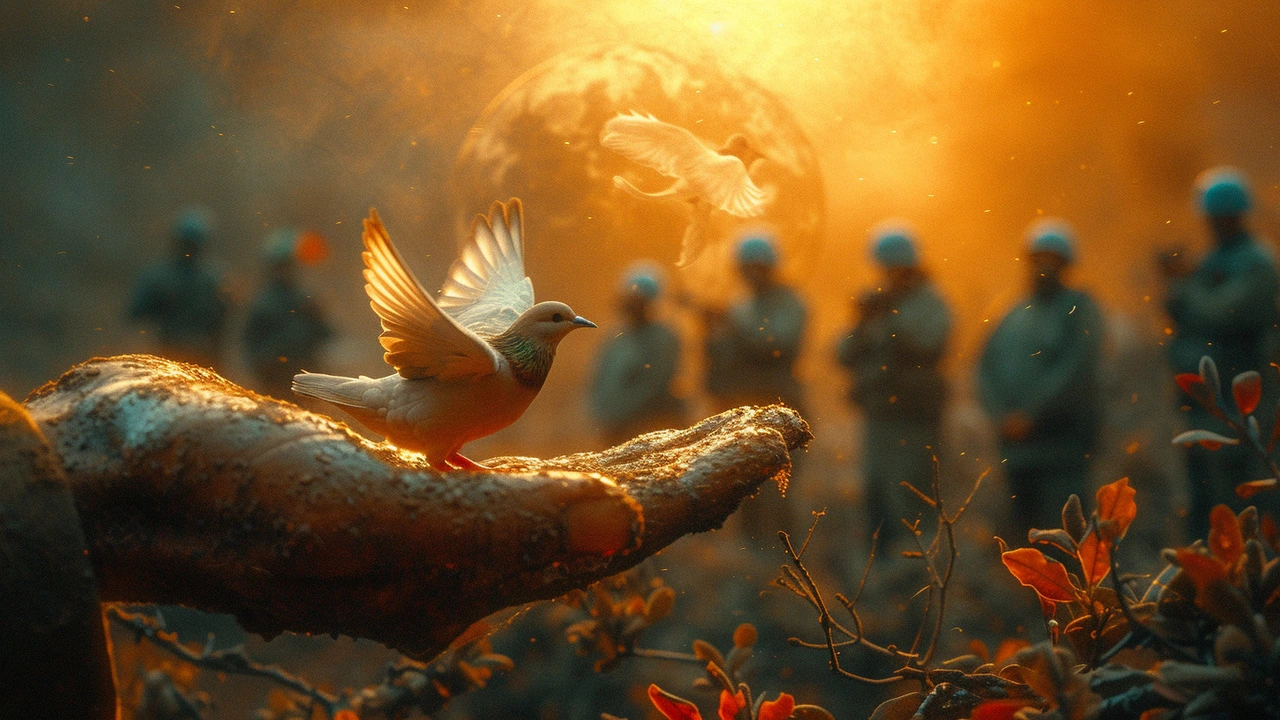Peacekeeping evolution matters because missions today look very different than they did decades ago. Early operations mainly monitored ceasefires and acted as neutral observers. Modern missions combine security, protection of civilians, support for elections, and help rebuilding institutions. These shifts change who gets sent, what training they need, and how civilians experience peacekeeping on a daily basis.
If you are curious about how peace operations work now, here are clear, practical points to know. First, mandates are broader. United Nations mandates often include human protection and support for justice. Second, troops and police now work alongside aid groups, local leaders, and tech teams. Third, missions use data, drones, and cell phone analysis to find threats faster. Those tools help but also raise questions about privacy and accountability.
Conflicts grew more complex. Civil wars, armed groups, and urban fighting forced missions to adapt. Donor demands and media attention also pushed peacekeepers to show results quickly. Lessons from past failures changed rules of engagement and increased focus on training to prevent abuse. Finally, more countries contribute troops and police with different skills and expectations, creating both strengths and coordination challenges.
Local people see both benefits and limits. On the positive side, peacekeepers often protect civilians during attacks, support local policing, and open corridors for aid. They also help rebuild courts, schools, and hospitals. Yet missions sometimes struggle with limited resources, unclear mandates, or weak coordination with local authorities. That can leave communities frustrated when promises do not match results.
Simple examples show practical differences. In a past mission, observers might count checkpoints and report violations. Today a mission in a city might patrol at night, escort clinics, train local police, and work with community leaders on violence hot spots. That requires mixed teams and fast decision making.
For policymakers and citizens, three actions improve outcomes. One, write clear, achievable mandates with measurable goals. Two, invest in training that blends combat readiness with human rights and community engagement. Three, fund long-term support for institutions, not just short-term security operations. These steps make missions more effective and build trust with local people.
Peacekeeping evolution will keep changing. New threats, climate impacts, and political shifts will force more adaptation. Still, practical focus on protecting people, supporting local systems, and learning from past missions will help peace operations deliver better results. Want to learn specific mission stories and lessons? Read articles, interviews, and field reports to see how theory meets reality.
Want quick ways to follow this evolution? Start with mission timelines and case studies. Read the history pieces to see what worked decades ago, then compare methods used in recent urban missions. Pay attention to articles that include first-hand accounts from peacekeepers and local leaders. Those tell you how policies play out on the ground.
Follow updates here, join discussions, and share field reports. Your voice helps shape better peacekeeping policies and keeps pressure on institutions to act more responsibly and transparently for vulnerable communities worldwide.

Hello, everyone! Today, I'm eager to dive into a topic that's close to my heart – the evolving nature of peacekeeping. Peacekeeping missions have transformed significantly over the years, adapting to the complexities of modern conflicts. Gone are the days of mere observation; nowadays, peacekeepers are often tasked with enforcing mandates and protecting civilians in hotspots around the globe. What's more, they now have to navigate the murky waters of politics and cultural sensitivities to maintain peace and stability. Join me as I explore the changes, challenges, and the future direction of international peacekeeping efforts.
